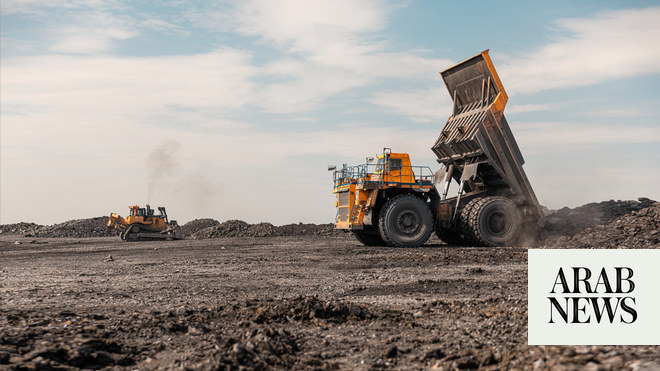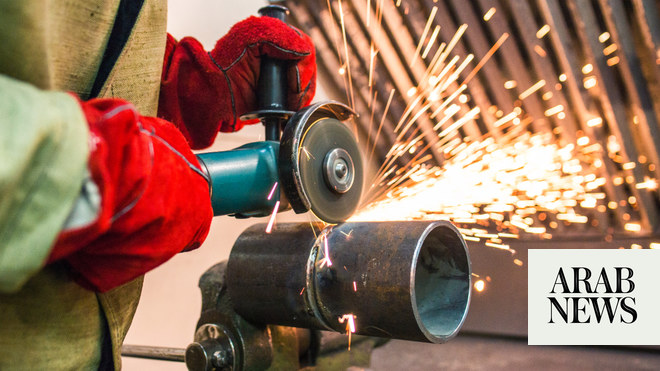
RIYADH: Mining licences in Saudi Arabia continue to be handed out as the sector pushes ahead with growth, with 18 new permits issued in February.
According to the Saudi Ministry of Industry and Mineral Resources, this number is down from the 46 handed out in January, but still shows growth in a section of the economy the Kingdom is keen to develop.
The ministry issued nine licenses for quarrying building materials, seven for exploration, one for mining and small mine exploitation and one for surplus mineral ores.
The total number of licenses issued in the sector until February amounted to 2,230 permits, including 1,327 permits for quarrying building materials, 653 for scavenging, 179 for mining and small mine exploitation, 40 for reconnaissance activities and 31 for the surplus of mineral ores.
In terms of regions, Riyadh bagged 512 permits, Makkah 412, the Eastern Province 372, Madinah 245, Asir 188, Tabuk 140, Al-Qasim 101, Hail 67, Jazan 65, Najran 45, Al-Baha 36, the Northern Borders 26 and Al-Jawf with 21.
The ministry has been actively pursuing opportunities to protect the mining sector and maximize its value in line with the goals of the Kingdom’s Vision 2030 and the National Industry Development and Logistics Program.
Moreover, the Kingdom is on track to transform mining into the third pillar of the national industry and work to exploit the mineral resources in the Kingdom spread across more than 5,300 sites and valued at about SR5 trillion ($1.33 trillion).
Last January, Mike Henry, the CEO of Australian mining giant BHP stressed that mining activities of critical minerals worldwide should be accelerated to meet the energy transition targets over the next 30 years as the world dreams of a sustainable future.
Speaking at the Future Minerals Forum in Riyadh, Henry said it is impossible to meet the rising demand for critical minerals if the world continues to move at the current pace.
“Over the next 30 years, in order to meet the needs of the energy transition, the world is going to need two times as much copper, four times as much nickel, two times as much steel, and two times as much iron ore, as was needed over the past 30 years,” said Henry.












